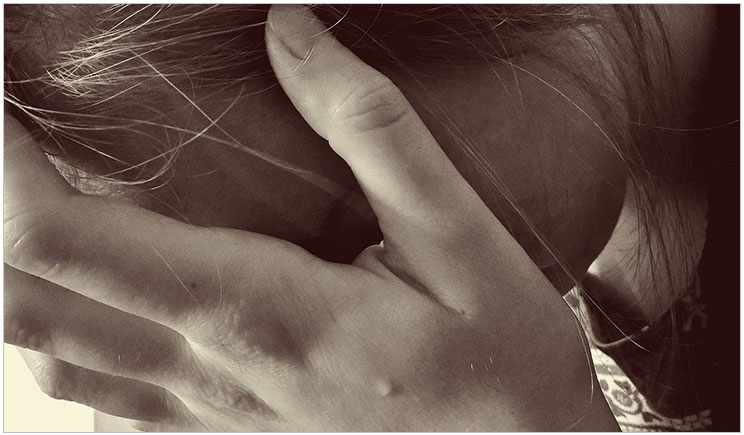
Dentistry is more than stressful. It also has a grim reputation. Many people believe more dentists commit suicide than other professionals. Studies have cast doubt on these assumptions, but misperceptions and risks remain.
“There are many myths surrounding suicide in general,” said Wendy LiKamWa McIntosh, MPH, an author of a Centers for Disease Control and Prevention (CDC) study that examined suicide rates by occupational group in 17 states. “It is likely that some mix of media, including social media, and misinformation in general, perpetuate these myths.”
According to the CDC, 40,000 suicides were reported in the United States in 2012, making suicide the 10th leading cause of death for people older than the age of 16 years. That’s a 21.1% increase since 2000’s rate of 13.3 per 100,000 to 16.1. Yet there were variations in rates among people categorized by different occupational groups.
The construction and extraction industries saw the most suicides, with 1,324, or 10.8% of these deaths in 2012, followed by management at 1,049 (8.5%) and production at 953 (7.7%). Healthcare practitioners and technical workers were 11th on the CDC’s list of 30 professions, with 450 deaths (3.7%), though the CDC did not have breakout information on how many of those workers were dentists.
A 2010 review of the literature found that while the suicide rate among dentists appeared higher than other professions, previous studies lacked the correct scientific weight. The review also concluded that new studies were required to examine a number of factors that previous research had not considered.
Though the numbers are murky, some dangers are clear. The CDC says that professions with high suicide rates may see greater risks because of job-related isolation and demands, stressful work environments, and work-home imbalance, all of which many dentists can relate to. Other factors include financial pressures and access to lethal means, which dentists also may experience.
Warning signs, according to the National Suicide Prevention Lifeline, include:
- Talking about wanting to die or stating the intent to kill oneself;
- Looking for a way to kill oneself, such as searching online or buying a gun;
- Talking about feeling hopeless or having no reason to live;
- Talking about feeling trapped or in unbearable pain;
- Talking about being a burden to others;
- Increasing the use of alcohol or drugs;
- Acting anxious or agitated, or behaving recklessly;
- Sleeping too little or too much;
- Withdrawing or feeling isolated;
- Showing rage or talking about seeking revenge;
- Displaying extreme mood swings.
Professionals who see these signs in themselves can take steps to get help, beginning with the National Suicide Prevention Lifeline at (800) 273-TALK (8255). Skilled and trained counselors at the program’s crisis centers are available anytime in both English and Spanish. An online chat option is available as well at suicidepreventionlifeline.org.
Meanwhile, practices can manage risks by instituting options such as employee assistance programs for access to behavioral health treatment. Wellness education programs also can provide education and training for supervisors and staff to recognize warning signs. Technology is available for online mental health tools and screenings as well.
Additionally, professionals who see warning signs in their colleagues can take action. For example, managers can make their employees aware of the National Suicide Prevention Lifeline or call it themselves. They also can implement the National Action Alliance for Suicide Prevention Workplace Task Force’s Blueprint for Suicide Prevention. Plus, there always is direct contact.
“Ideally, the person would talk to the person they are concerned about and ask them if they are suicidal,” said McIntosh. “If they say yes, they should show caring and compassion and persuade them to get help and help them in getting that support.”
Related Articles
Cognitive Behavioral Therapy Can Ease Dental Anxiety
“Mindful” Techniques Reduce Dental Student Stress
Back Pain Affects Three Out of Four Dentists



